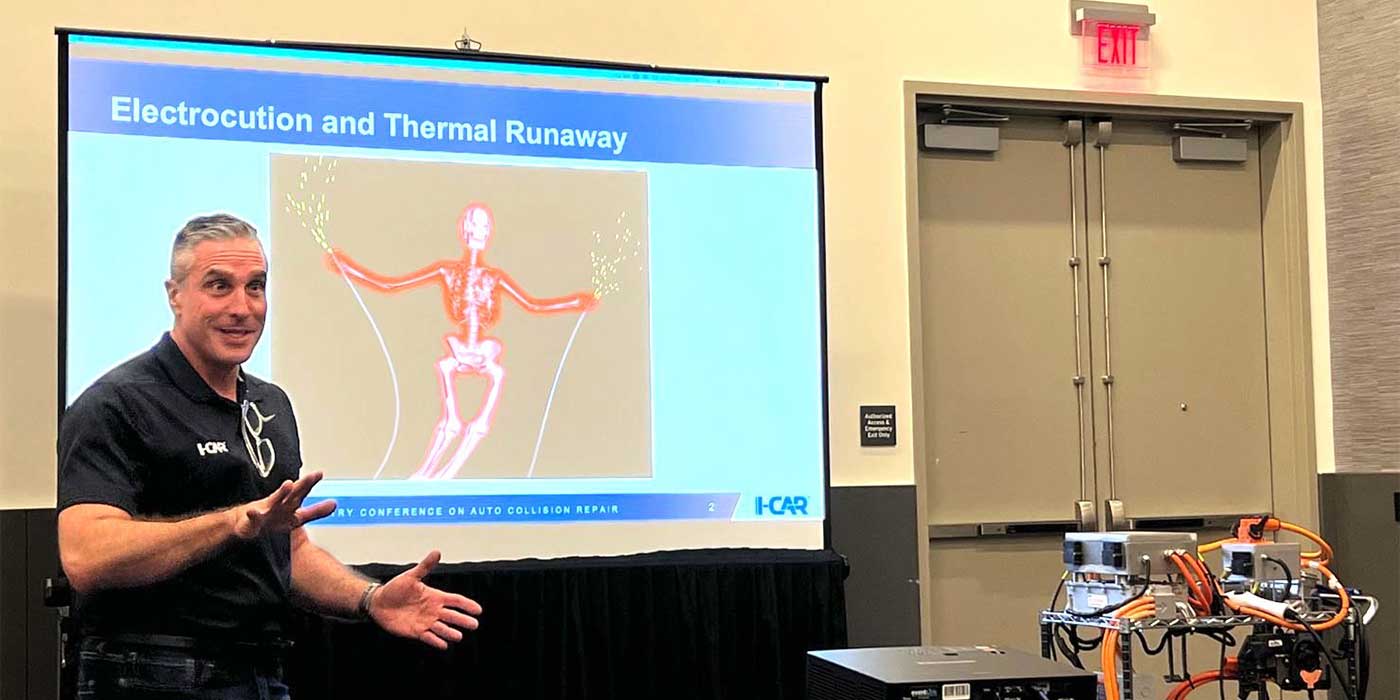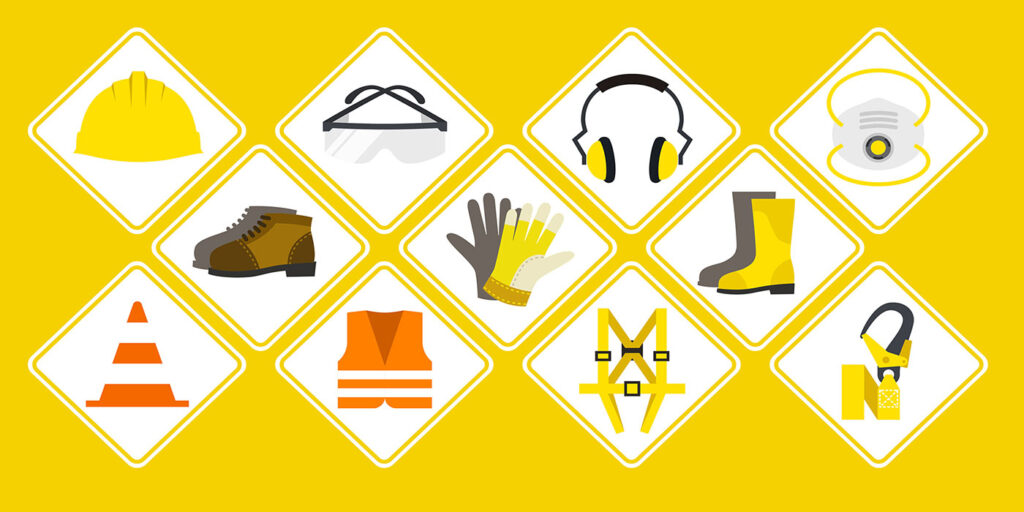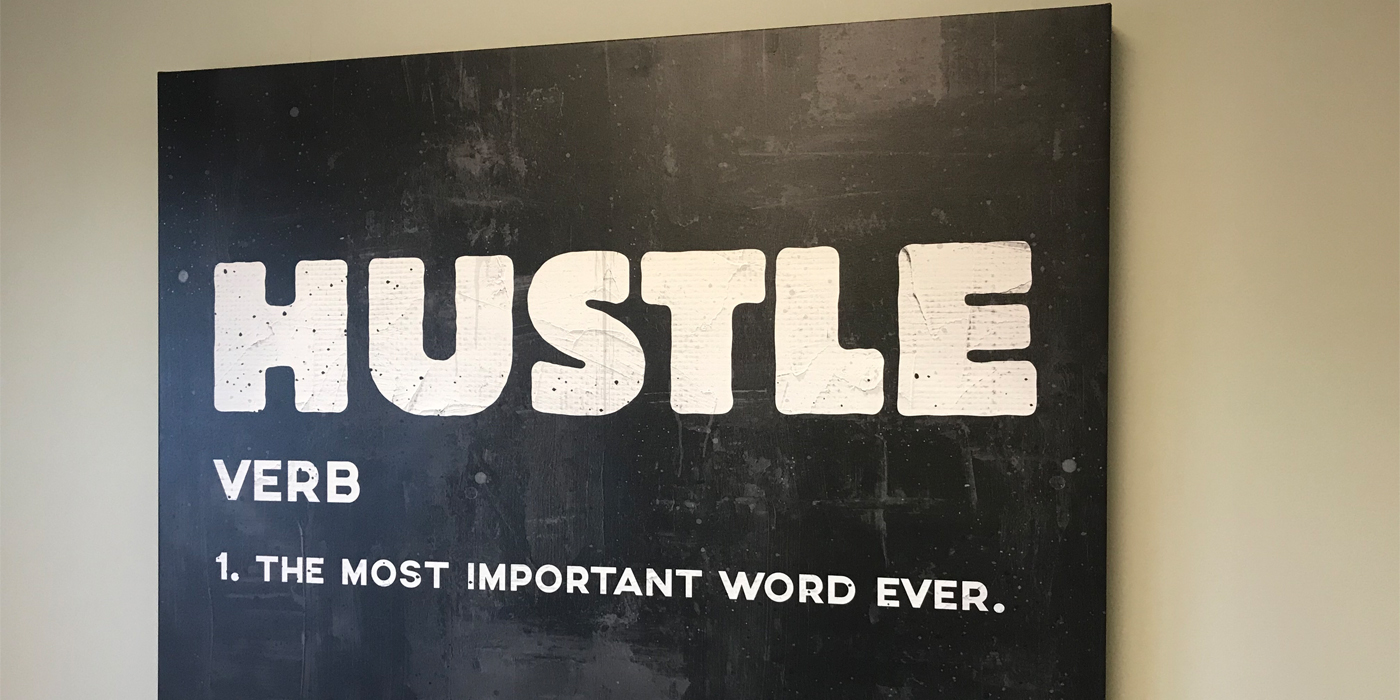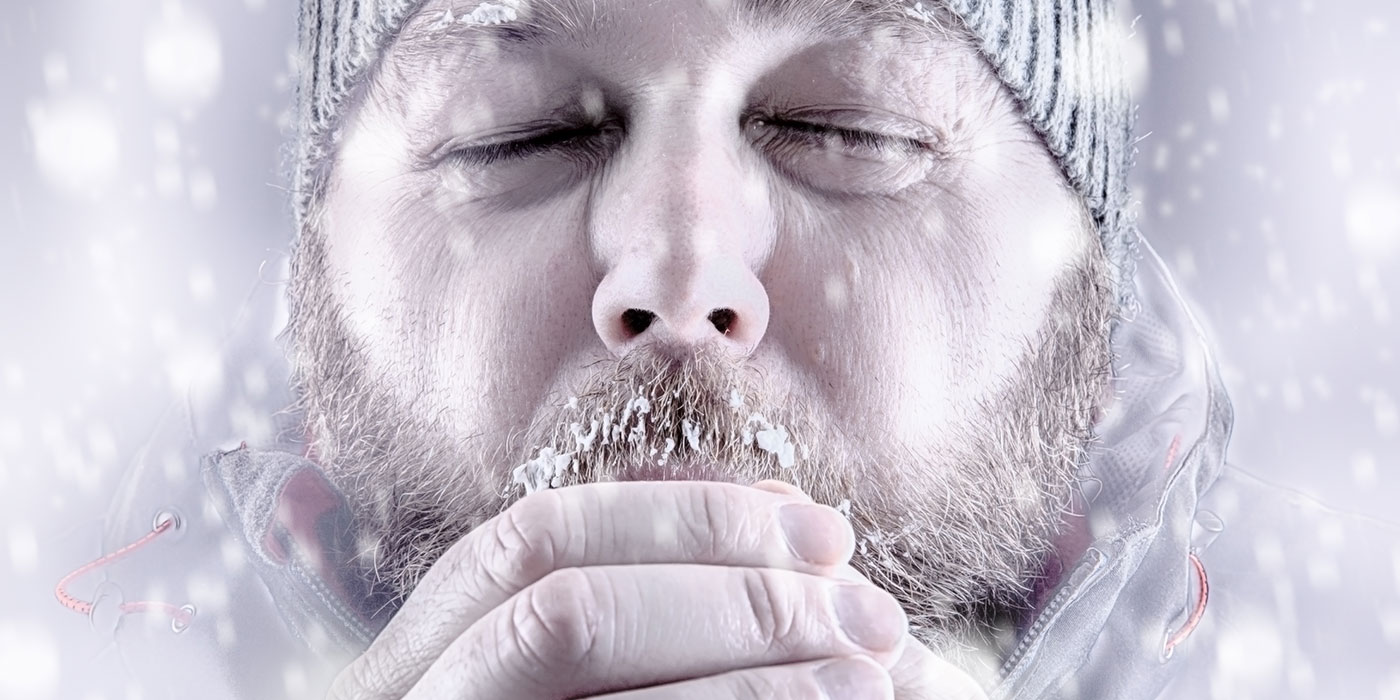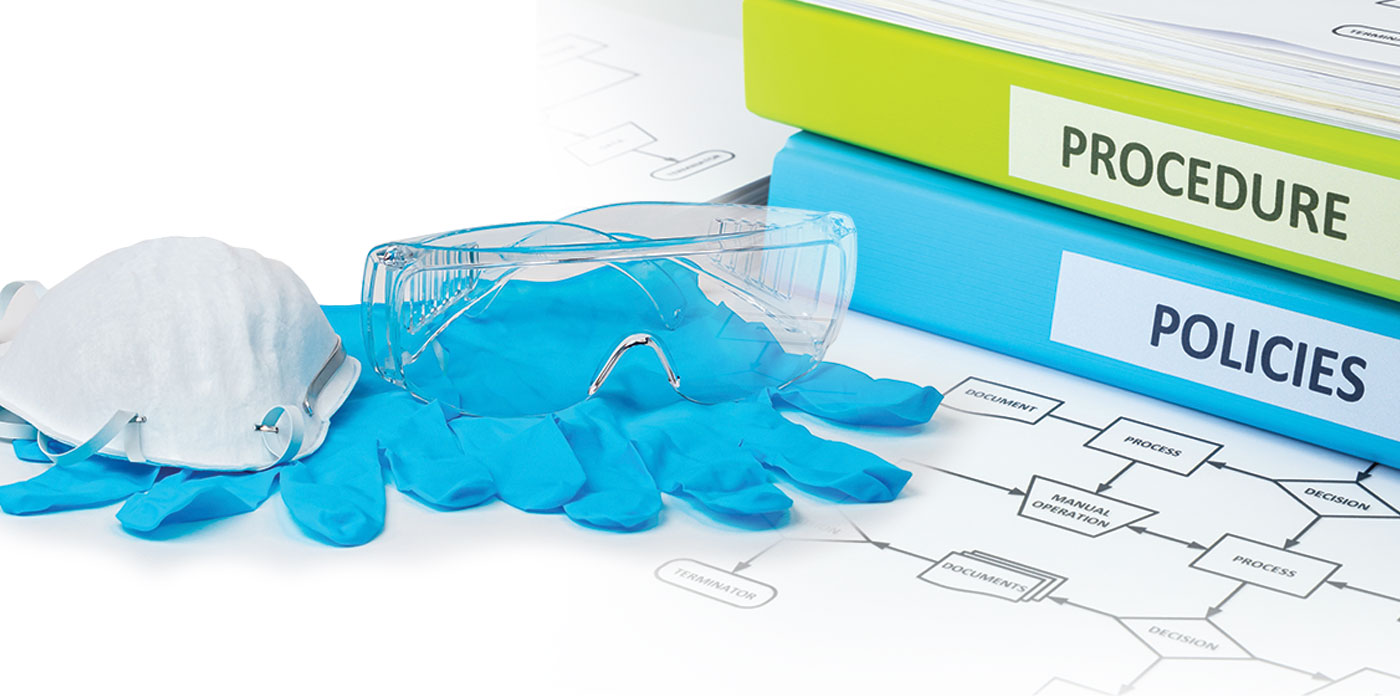When OSHA inspects workplaces around the country, it keeps data on violations found and tracks the most frequently cited standards.
To anyone who follows this list year to year, there typically aren’t any surprises. However, it’s a good reminder to take a look around your shop and make sure you’re doing what you can to keep employees safe.
The top violations in 2021 include:
- Fall Protection (29 CFR 1926.501). This standard relates to the construction industry, but if you look around your shop, you know there are times when workers need to work from height. Do they follow safety protocols when doing so? How about your shop roof? Does an employee take care of roof maintenance, and are there fall protection measures in place to prevent injury? Other areas to think about are floor holes and platforms that require caution and training.
- Respiratory Protection (29 CFR 1920.134). Millions of workers are required to wear respirators as part of their jobs to protect them from dust, fog, smoke, mist, gasses, vapor and sprays. Working without a respirator in the shop can lead to cancer, lung damage, disease or even death. When a job requires respirators, your shop must provide them to workers. Fit testing, cleaning procedures and medical evaluations may also apply to your workplace respirator program.
- Ladders (29 CFR 1926.1053). A ladder should be inspected each time it is used. If you have any that are damaged, take them out of service immediately by labeling them “Do not use” to prevent accidents. It’s also important to make sure your employees are using the right ladder for the job.
- Scaffolding, General Requirements (29 CFR 1926.451). In a shop, you may not have a recurring need for scaffolding. If you do, make sure you’re familiar with the OSHA standards that apply to general industry before you allow employees to use scaffolding.
- Hazard Communication Standard (29 CFR 1910.1200). This important standard is applicable to all businesses and involves making sure employees are aware of all chemicals in the workplace. Importantly, they must have easy access to information about these chemicals to learn about how to keep themselves safe from the potential hazards. Plus, they must be trained annually on any new chemicals that are brought into the shop or when they have a job change that exposes them to new chemical hazards.
- Lockout/Tagout (29 CFR 1910.147). Anytime you work around energized equipment from electrical sources, such as machines found in a shop environment, you run the risk of injury. Make sure your lockout/tagout procedures are in writing and that all employees have been trained on what to do when they see a tag affixed to a locked machine.
- Fall Protection-Training Requirements (29 CFR 1926.503). This is another standard that mostly applies to construction but should be applied to general industry when necessary. Falls are among the most common causes of serious work injuries, and workers can fall into an automotive pit when there aren’t protective measures in place. It’s not always common sense. Workers need to be trained annually about falls and other hazards of the job, and this training must be in a language they can understand.
- Eye and Face Protection (29 CFR 1926.102). Eye and face protection must be provided to employees whenever necessary to protect against chemical, environmental, radiological or mechanical irritants and hazards. Safety glasses and goggles, face shields and welding masks are common protective devices in a shop. Look out for your coworkers and remind them to put on their personal protective equipment (PPE); you could help prevent an eye injury. Also, make sure your eyewash stations are stocked, functioning and maintained regularly in case of emergency.
- Powered Industrial Trucks (29 CFR 1910.178). Anyone who operates a forklift has to be trained, certified and evaluated for competency. Keep an eye on who is operating your forklift too. It is a violation of federal law for anyone under the age of 18 to operate a forklift, even just for a minute or two. Pay attention to this standard if you have a forklift or other powered truck in your facility.
- Machinery and Machine Guarding (29 CFR 1910.212). Any machine part, function or process that may cause injury must be safeguarded. Guards are installed on machines and power tools for a reason and should not be removed or modified. The reason: to protect you from crushing a finger or losing an arm. Some examples of machine guards are barrier guards, two-hand tripping devices and electronic safety devices. Make sure guards are in place properly before you use a tool.
Summary
These standards are in place because they protect employees from injury. This list is compiled annually as a reminder for all businesses to make safety a priority. When you look at this list, do you see any areas for improvement in your shop?




